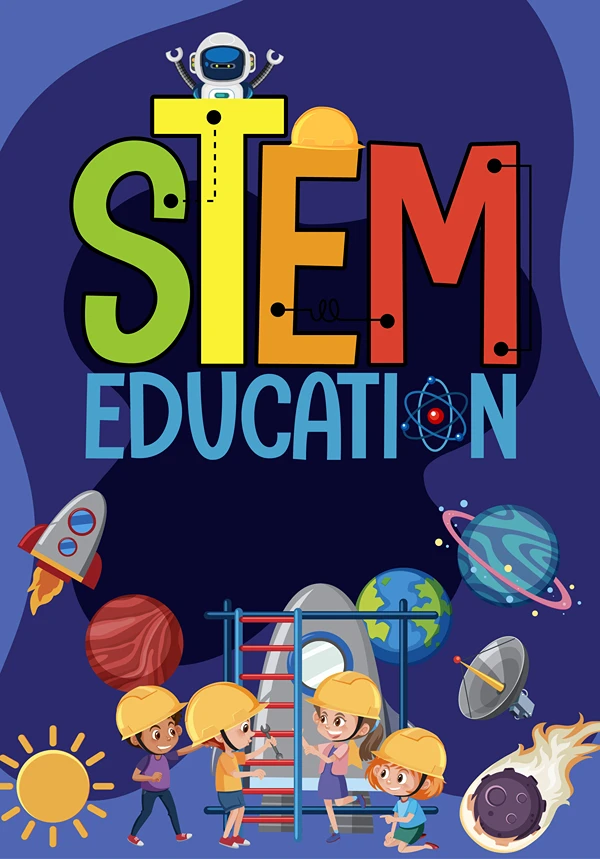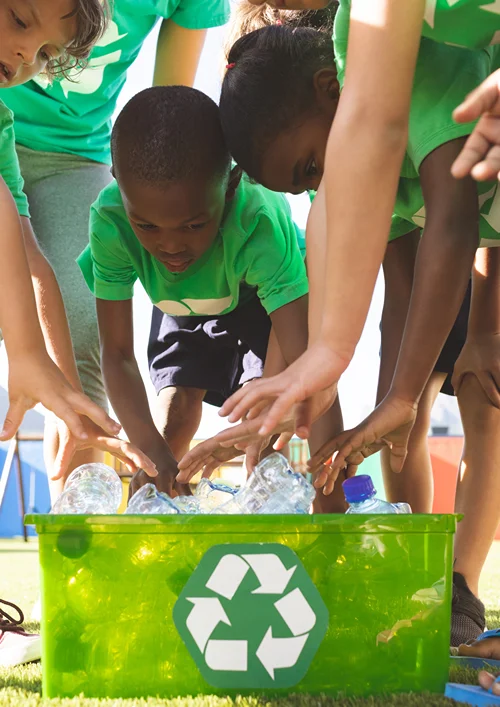Teaching Smarter: Efficiency Resources & Strategies for Busy Educators
In the fast-paced world of education, teachers simply do not have enough time to connect with students. Between lesson planning, grading, administrative tasks, and student engagement, it often feels like there are never enough hours in the day. But what if teaching could be smarter, not harder?
By leveraging innovative tools and adopting effective strategies, educators can reclaim their time and energy while delivering exceptional learning experiences. From tech-powered solutions to streamlined workflows, there are practical resources that help teachers work efficiently without compromising on quality or connection with their students.
Leveraging Technology to Simplify Classroom Management
Classroom management is one of the most time-consuming aspects of teaching, but with the right technology, it can become significantly more manageable. Digital tools designed for educators are transforming how classrooms are organized, helping teachers focus more on teaching and less on administrative hurdles.
1. Digital Attendance and Grading Systems
Tools like online attendance trackers and grading software not only save time but also reduce errors. Platforms like Google Classroom or ClassDojo allow educators to record and manage student performance with just a few clicks, offering instant analytics and progress updates.
2. Behavior Tracking Apps
Maintaining classroom discipline is essential, and apps like Classcraft help teachers monitor student behavior and engagement in real-time. These tools provide instant feedback to students, reward positive behavior, and flag disruptive actions, creating a more harmonious learning environment.
3. Streamlined Communication Tools
Keeping parents and students informed no longer requires endless email chains or handwritten notes. Communication apps allow teachers to send updates, reminders, and even photos directly to parents. These tools foster transparency and ensure that everyone is on the same page.
4. Automated Scheduling and Task Management
Balancing classroom activities, deadlines, and meetings can feel overwhelming. Tools like Asana and calendar integrations help teachers organize their schedules and manage tasks more effectively. Whether setting reminders for assignments or planning extracurricular activities, automation ensures nothing slips through the cracks.
Streamlining Lesson Planning with Smart Tools and Templates
Lesson planning is at the heart of effective teaching but often feels like a never-ending task. Fortunately, smart tools and ready-made templates make lesson planning a less effort-consuming and more efficient task.
1. AI-Powered Lesson Plan Generators
With AI tools like Teacherbot, teachers can quickly create customized lesson plans tailored to their curriculum goals and student needs. Such platforms analyze educational standards and suggest content, activities, and assessments, saving hours of brainstorming and research.
2. Pre-made Templates for Quick Planning
Why start from scratch when thousands of professionally designed templates are just a click away? Multiple tools offer editable lesson plan templates that can be adapted to suit any subject or grade level, helping educators focus more on content delivery than formatting.
3. Interactive Content Creation Platforms
Engaging lesson plans often rely on creative content. Tools like Online Quiz Generators help teachers design interactive quizzes, polls, and games that align with their lesson objectives. These tools not only enrich the learning experience but also save teachers time by providing ready-made content libraries.
Final Thoughts
By embracing innovative tools and adopting smarter strategies, teachers can reclaim their time, reduce stress, and focus on what truly matters – empowering their students.











